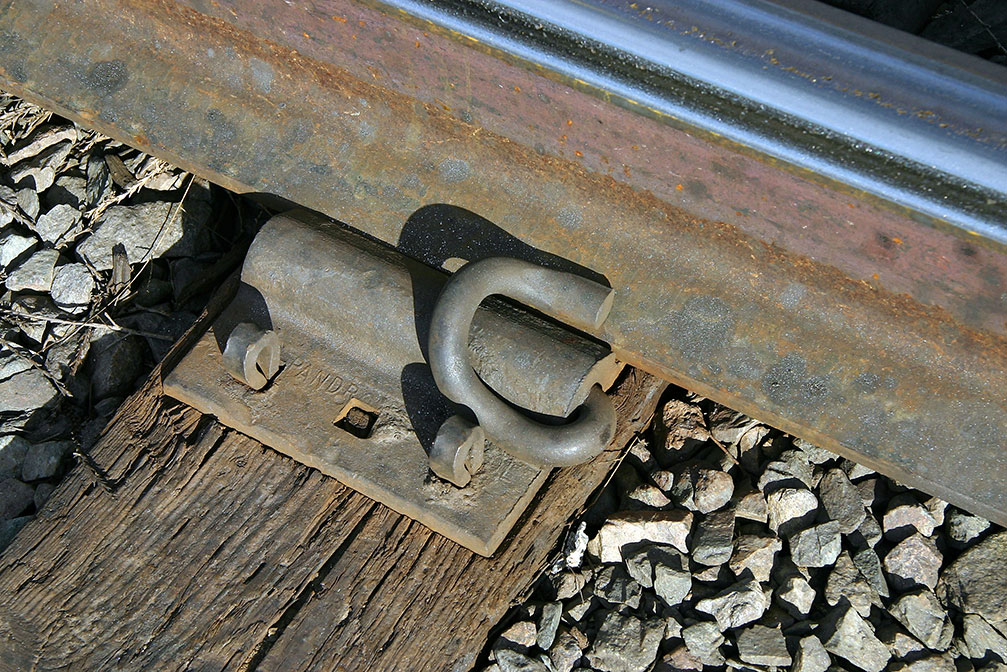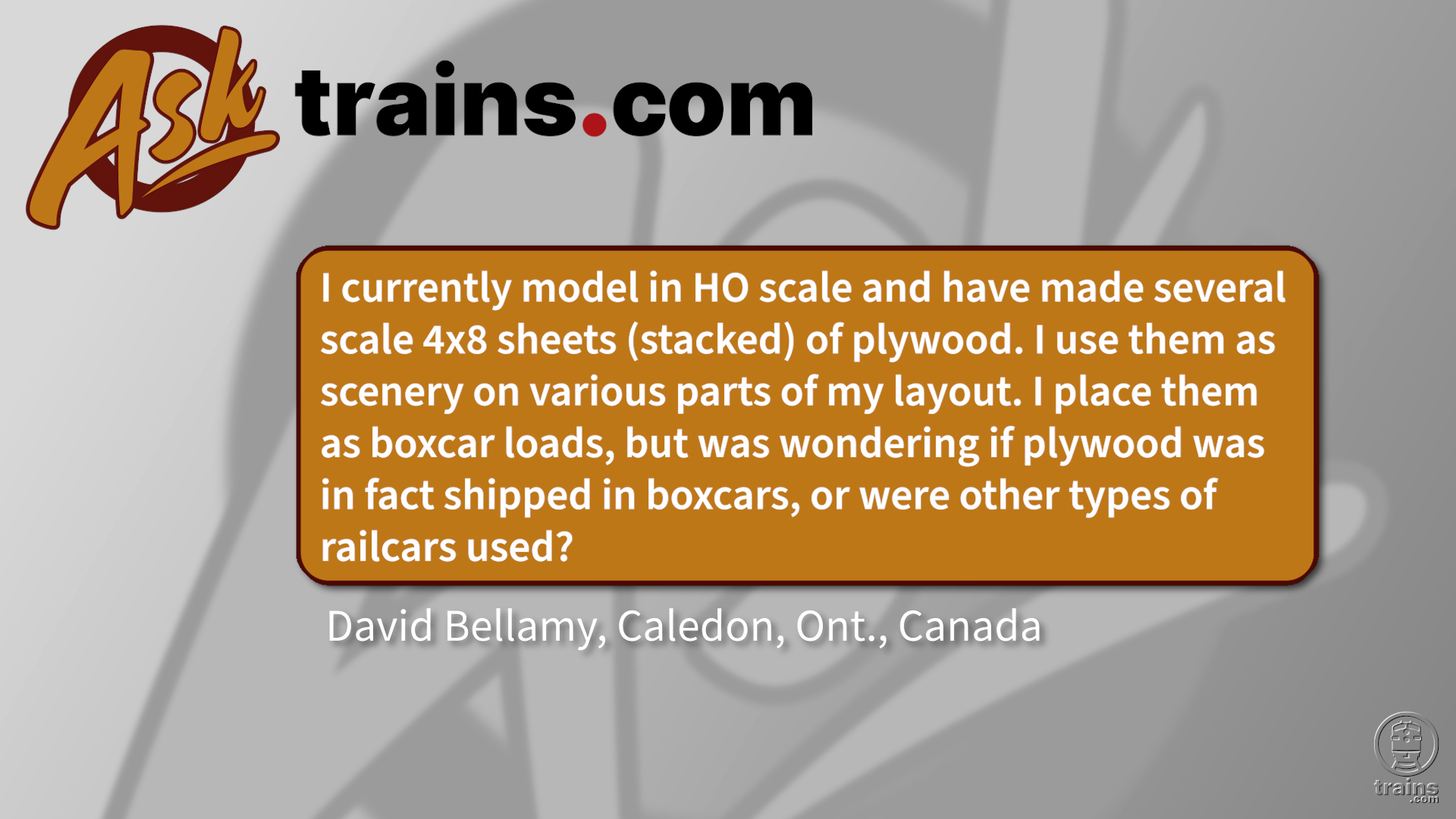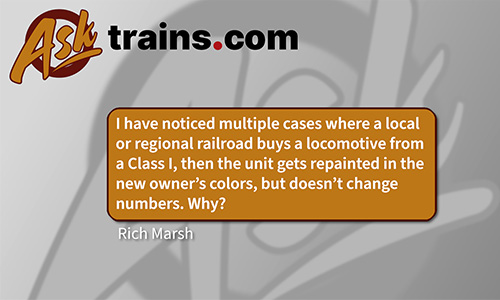— John Trifari, Sunnyvale, Calif.
A The clips are made of spring steel and must be pressed into position by machinery or an accurate blow with a sledgehammer. A tracklayer can also use hand tools to install them.
Pandrol clips are in a category called elastic fasteners. They are responsible for attaching the rail to the base plate so the rail cannot move vertically or horizontally with respect to the base plate. Standard track spikes will rise over time releasing that contact between the base plate and the base of the rail. This contact between rail and plate is very important for controlling the forces induced by either change in temperature (thermal) or dynamic forces imposed by the train. If the rail is permitted to slide through the plates then compressive or tensile forces build up to either cause a pull-apart (rail break) or a track buckle, which causes derailments. When using regular spikes, we rely on rail anchors to control these forces.
There are several types of elastic fasteners. Some have failed and some have succeeded. Pandrol is in the category of true success. Pandrol fasteners have been around since 1950 in Europe and came to the U.S. in about the 1970s. I remember when we first started using these and had to trade in our spiking maul for a sledgehammer. Until we got the hang of it, we experienced a lot of bruises on our ankles and shinbones. Pandrol has several types of elastic fasteners (clips). They can be engaged in line with the rail with the “e-clip” or perpendicular with the “fast-clip.” Both serve very well in attaching the rail to the base plate and most importantly controlling those longitudinal forces. Each clip has the ability to hold about 2,500 pounds of force. That is good for about a 2 degree temperature change in the larger rails when two clips are used. Temperature fluctuations generate about 2,200 pounds of force for each degree of change, depending on the rail size.
Pandrol clips make it easy to install new rail or thermally adjust the rail to a neutral temperature, ensuring that the track does not buckle. The invention of the elastic fastener has revolutionized fastening systems with respect to continuous welded rail. Without these types of fasteners there would be more derailments and potential loss of life with each one. Since Pandrol is good at what it does, many “copycats” have entered the field, and engineers must use caution when buying elastic fasteners from foreign or domestic sources. Pandrol makes all of its clips for the U.S. market in the States.
— John Zuspan, president, Track Guy Consultants














They are in Swedesboro, NJ and rail service is by SMS using BLW switchers!
These Rail Fasteners sound pretty interesting. The Railroads should use them to replace Spikes all together.